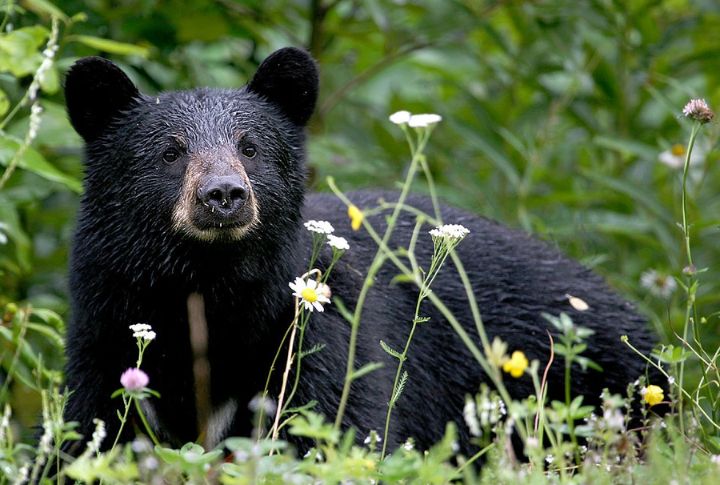
Black bears still roam wild across the U.S., holding strong in places where nature quietly thrives. They’ve held their ground in both long-time habitats and unexpected new places. Far from being temporary guests, these black bears have found their place and aren’t leaving anytime soon. See where they continue to flourish in a world that’s constantly shifting.
Alaska
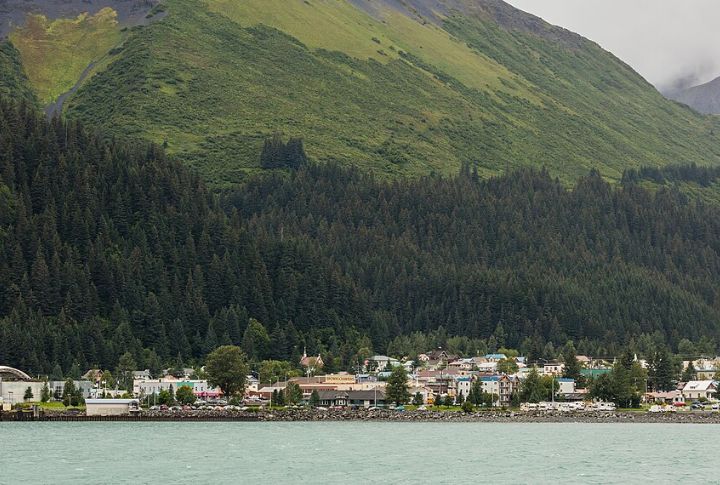
No state has more black bears than Alaska. Here, they roam everything from thick coastal woods to open tundra. With an environment rich in resources, these bears thrive, making the state a prime habitat. Alaska’s black bears are truly some of the country’s most resilient.
North Carolina
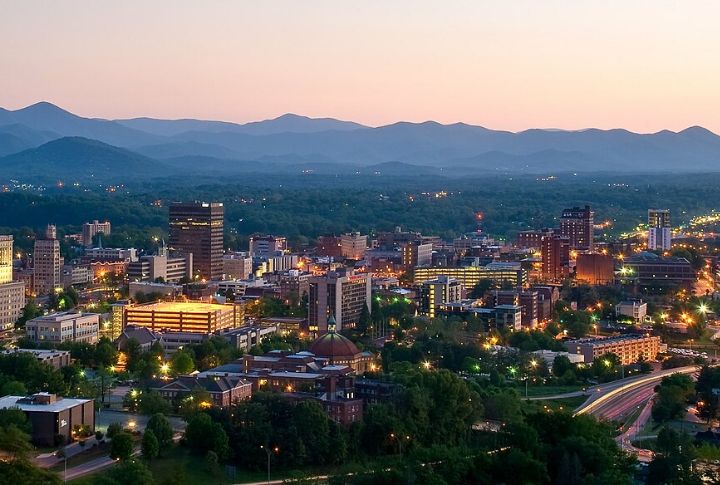
In the heart of the Tar Heel State, black bears thrive thanks to plentiful wetlands and forests bursting with wild berries. Whether wandering through eastern swamps or mountain trails, these powerful creatures are a familiar sight throughout North Carolina.
California
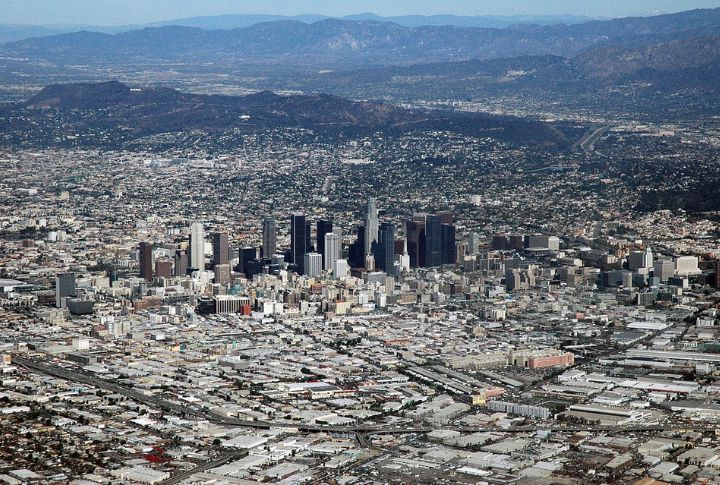
California’s black bears are a regular presence, from the high cliffs of Yosemite to the edges of suburban neighborhoods. Known for their intelligence, they frequently approach campsites and homes. Though protected, their adaptability and curiosity often lead to close encounters with residents and outdoor enthusiasts.
Pennsylvania
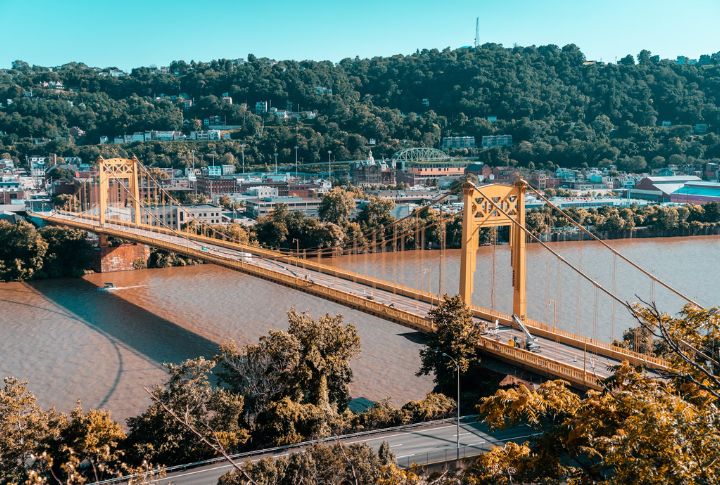
Black bear numbers are rising across Pennsylvania, with populations thriving in forested areas and increasingly venturing into residential neighborhoods. Sightings in backyards have become too common, especially in rural and semi-urban zones, and their ability to coexist in both environments contributes to their notable statewide presence.
Oregon
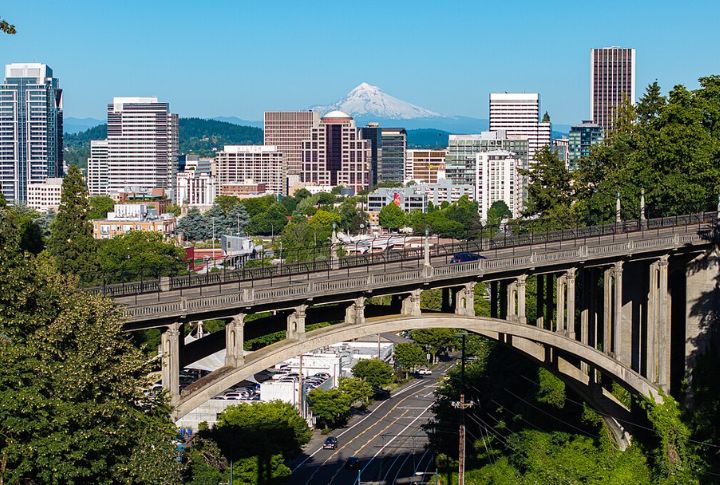
Oregon’s dense forests support a large black bear population, particularly in remote mountainous regions. These reclusive animals tend to avoid human interaction, but they can occasionally be seen near campsites and hiking trails, with their stronghold in the evergreen wilderness that dominates much of the state’s rugged terrain.
Tennessee
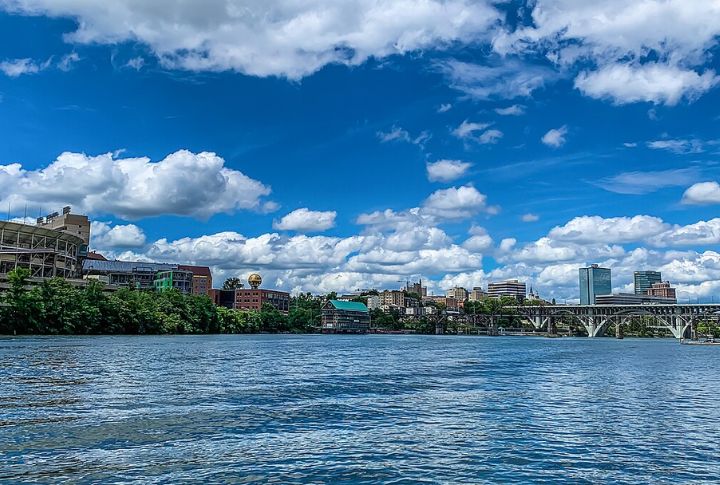
The Great Smoky Mountains offer an ideal habitat for Tennessee’s black bears, who have adapted well to both parklands and developed areas. Around Gatlinburg, bears are known to raid campsites, and as a result, wildlife officials regularly issue safety advisories for tourists and residents.
Virginia
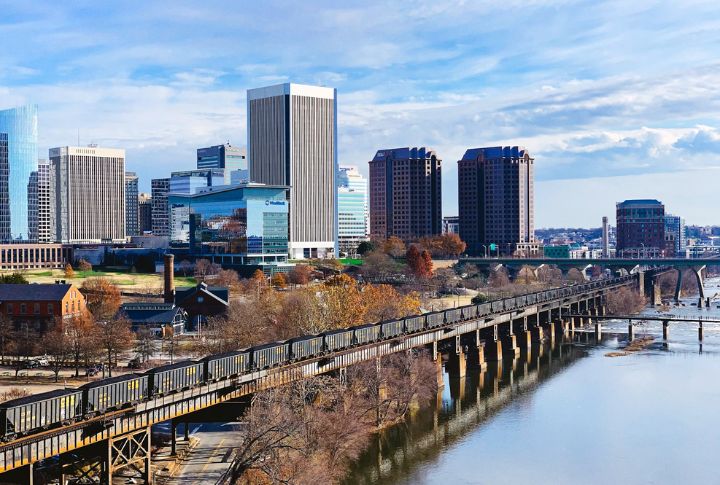
Black bears roam Virginia’s Blue Ridge Mountains and surrounding woodlands to benefit from the state’s diverse ecosystem. Apples and other food sources keep them active across various regions, and conservation efforts have helped maintain stable populations in both national parks and less-developed forested corridors.
New York
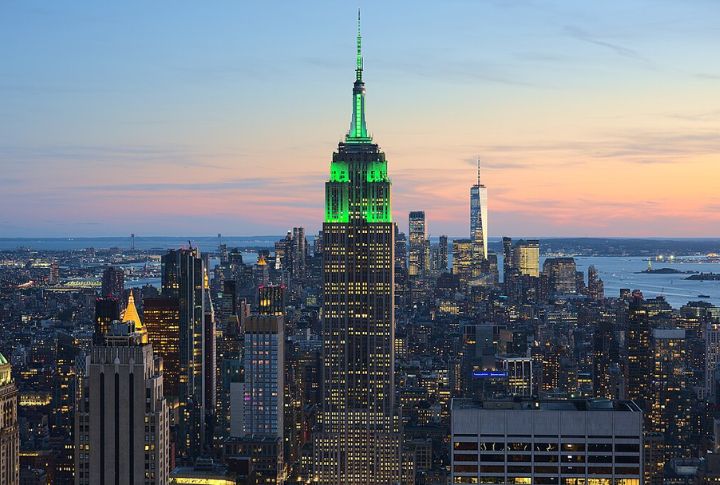
While often associated with urban centers, New York State also supports a healthy bear population in regions like the Adirondacks and Catskills. These forested areas offer food and cover that bears need. And that makes them some of the best places to observe bear activity in the Northeast.
Minnesota
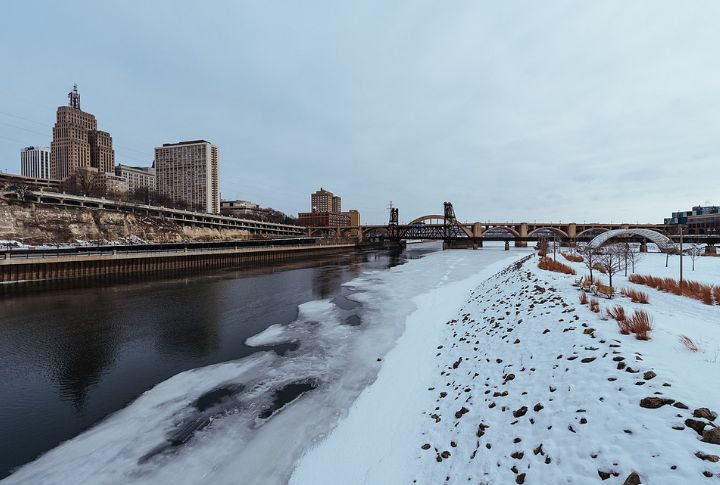
Minnesota’s vast forests and abundant freshwater sources provide ideal conditions for black bears, particularly in the northern part of the state. Their diet includes berries and carrion, and they are frequently spotted in wooded areas near lakes where they forage and rest between dense tree cover.
Arkansas
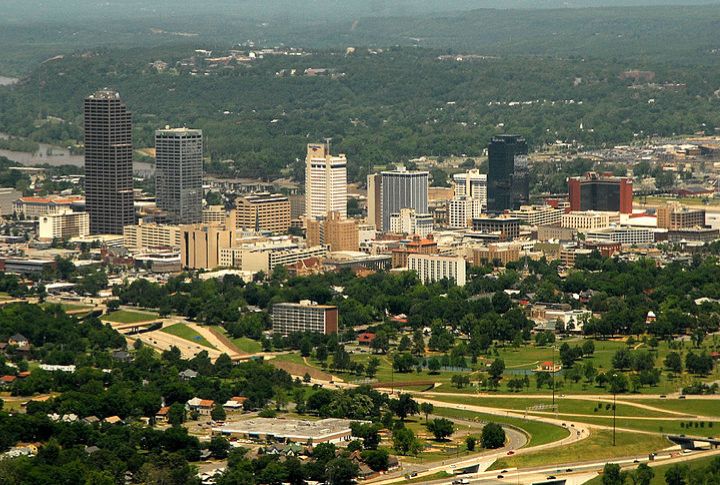
Once nearly eliminated, Arkansas’s black bears have rebounded due to successful reintroduction programs in the 1960s. Now thriving in the Ozark and Ouachita Mountains, these bears are a symbol of conservation success, and their expanding presence reflects a well-managed habitat and public education on coexistence.
Nevada

Despite its arid reputation, Nevada hosts black bears in its western alpine forests near the Sierra Nevada. Populations have steadily increased due to habitat connectivity with California, and while they remain elusive, sightings near towns bordering mountain forests suggest a growing regional presence.
Idaho
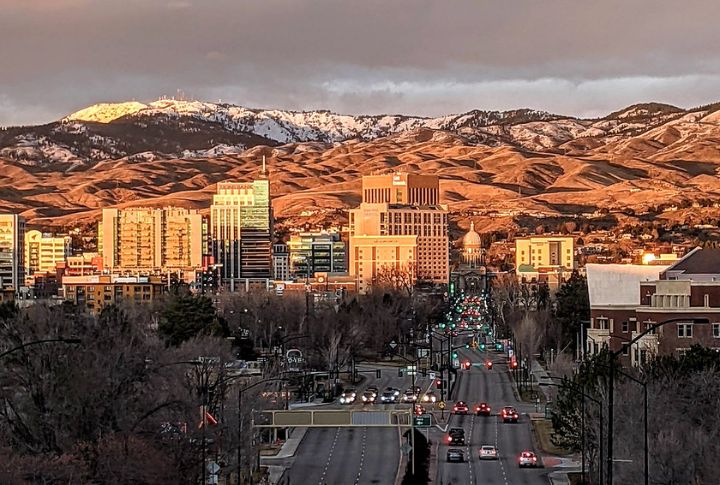
Black bears in Idaho inhabit mountainous forests where they look for roots and insects. These animals display strong survival instincts and tend to avoid humans, though encounters are not uncommon during peak foraging seasons and protected wilderness areas ensure they have ample space to thrive.
Florida
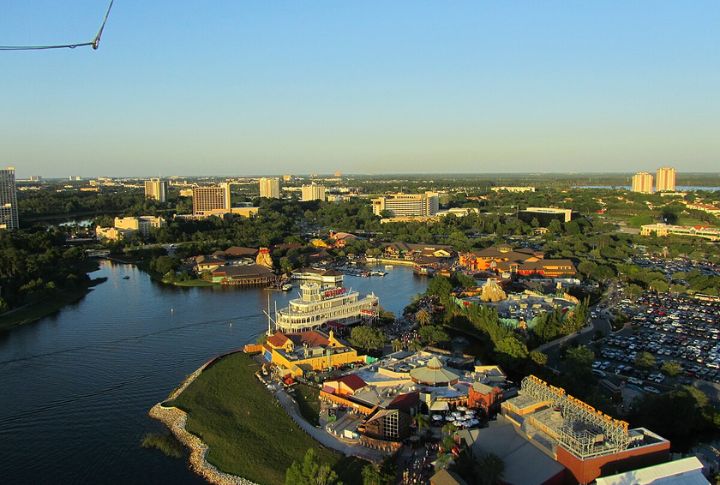
Black bears are found across Florida, but especially in the panhandle and central regions. They move through swamps and suburban edges, occasionally appearing near roads and homes. Their resilience in fragmented habitats has led to increased sightings and a growing need for wildlife corridor protection.
Maine
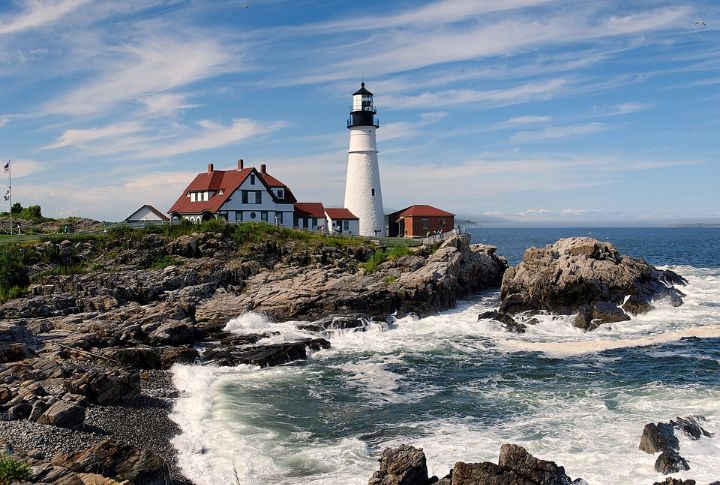
Maine’s wooded landscape hosts more black bears than most eastern states, thanks to its size and untouched forest cover. Bears primarily inhabit remote forested regions but leave tracks near cabins and trails, feeding on seasonal plants and insects and generally avoiding people unless they spot unsecured food.
Georgia
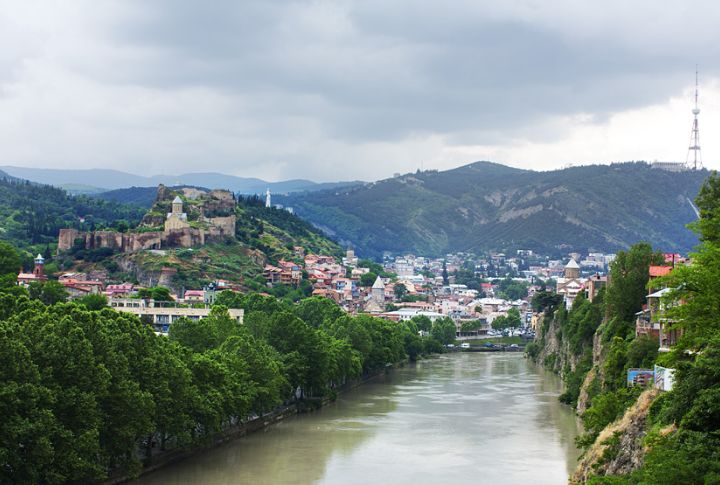
The black bear’s range spans much of Georgia, with stable populations anchored in mountainous and swampy terrain. Their movement between forested areas and farmland has led to more human-wildlife interaction, and conservation programs help monitor numbers and reduce conflicts in both rural and suburban communities.
Michigan
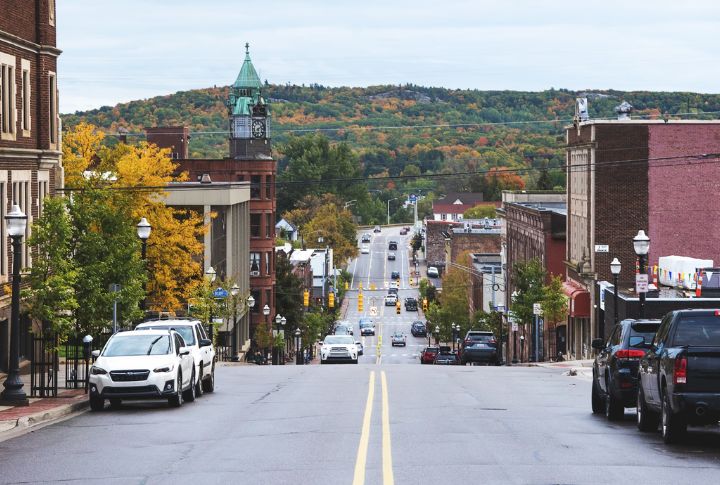
Michigan’s Upper Peninsula is a stronghold for black bears, where they thrive in forests rich with nuts and ground cover. Increasingly, some bears are also found in the northern Lower Peninsula, and wildlife agencies monitor their range closely to manage growth and prevent human-bear conflicts.
Connecticut
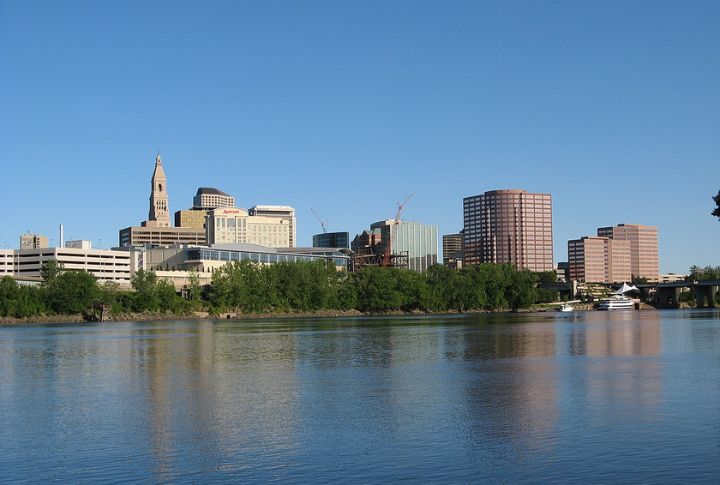
Connecticut has experienced a sharp increase in black bear sightings over recent decades. Bears are commonly seen in the Litchfield Hills and other wooded areas where development meets forest, and with more human-bear interactions reported, wildlife officials are expanding public awareness campaigns on safe coexistence.
Colorado
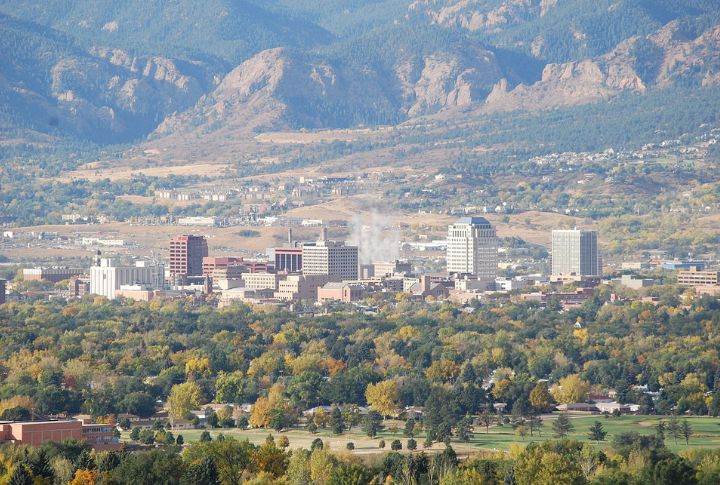
Colorado’s black bears inhabit forests and foothills across the Rockies, feeding on fruit and vegetation. They are most active during summer and fall and are often seen in mountain towns, where the state’s bear management efforts emphasize securing food sources and reducing unwanted encounters.
Washington
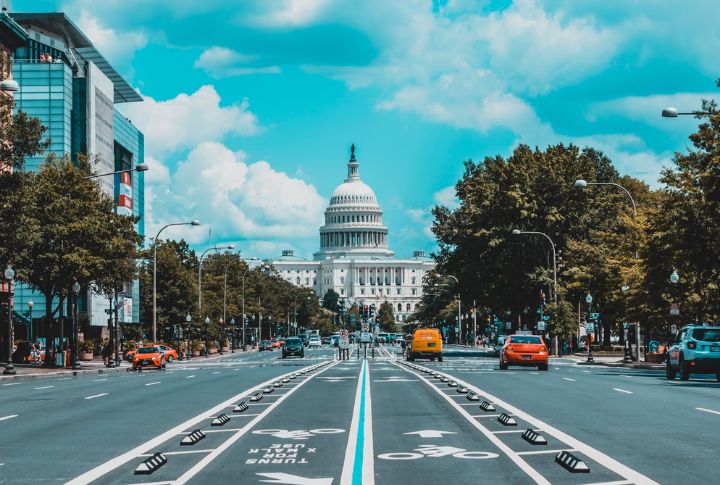
Black bears are distributed widely throughout Washington’s temperate forests, including the Cascade Range and Olympic Peninsula. Moist environments support year-round foraging, and although they avoid urban areas, their range overlaps with hiking and camping zones. This is why occasional encounters are a reality for those exploring remote trails.
South Carolina
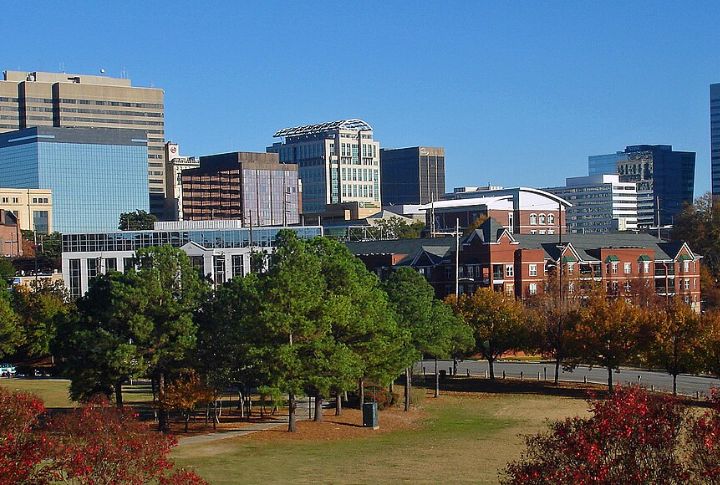
South Carolina’s black bears live mainly in the mountainous north and coastal swamp regions. Habitat improvements have supported their population growth, and sightings are steadily increasing. With bears now a regular part of the ecosystem, they’re often seen near wooded communities or exploring their natural surroundings.
